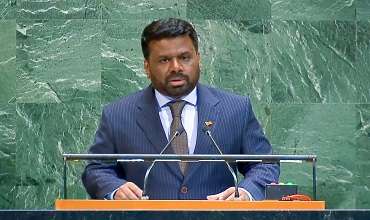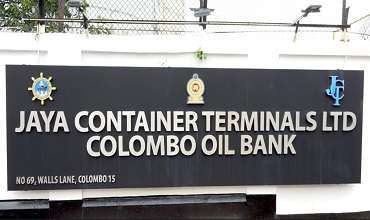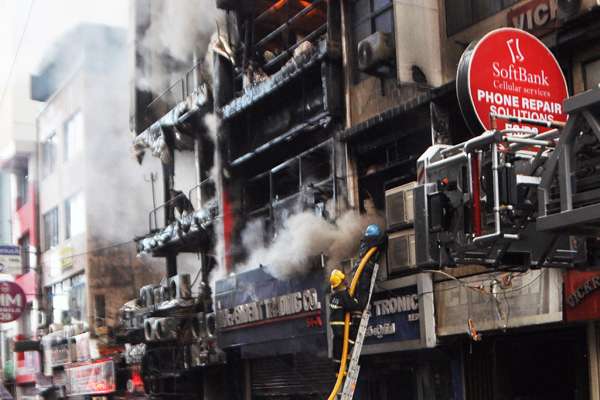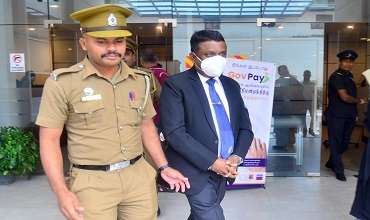Political uncertainty growing in Sri Lanka – Moody’s
The unfolding political crisis is credit negative for Sri Lanka because it heightens policy uncertainty and could weigh on growth if social tensions rise, rating agency Moody’s Investors Service said on Tuesday.
It also threatens international investors’ confidence and the flow of foreign capital, at a time when the government faces large external debt maturities.
These developments follows the October 26 sacking of Prime Minister Ranil Wickremesinghe by President Maithripala Sirisena and appointing former president and opposition leader Mahinda Rajapaksa as his replacement.
Wickremesinghe is vigorously disputing the constitutionality of his dismissal.
“The change of prime minister and cabinet raises uncertainty about the direction of policy. In particular, fiscal consolidation beyond the conclusion of the International Monetary Fund programme in mid-2019 and especially ahead of elections due in 2020 is at risk of delays. Some planned measures, such as electricity price reform, which is already politically contentious, will be even more difficult to implement. If it falls through, this will hurt the financial health of some state-owned enterprises and, as a result, the country’s fiscal position,” Moody’s said in a statement.
Amid a fractious political environment, a higher likelihood that the country’s fiscal and current account deficits will widen again could reduce investor appetite for Sri Lankan debt and spur capital outflows, weigh on the currency and raise financing costs. “With a persistently high debt burden and weak debt affordability – we expect that debt will remain above 70 per cent of GDP by 2020 and that interest payments will continue to absorb about 40 per cent of revenue in the next couple of years – along with sizeable external and foreign currency borrowing needs, lower capital inflows and higher financing costs would hurt Sri Lanka’s fiscal strength and credit profile,” it said.
Renewed fiscal pressure would heighten Sri Lanka’s external vulnerability risks. Foreign exchange reserves fell to $6.4 billion in September 2018, covering about 3.4 months of imports, down from their peak of $9 billion in April 2018, close to five months of imports.
With low reserve coverage of external debt repayments, Sri Lanka has smaller buffers to manage repayments and faces greater refinancing risks in an environment of rising political tensions and tightening financing conditions globally. “We project our External Vulnerability Indicator, the ratio of external debt due over the next year to foreign exchange reserves, to stand at 160 per cent at the end of 2019,” Moody’s said.
Moreover, simmering civil unrest – as reflected in recent protests linked to underlying religious and social tensions – poses a threat to economic stability. Already, GDP growth was low at 3.7 per cent in the second quarter of 2018, compared to an average of 5.6 per cent in the 10 years to 2017, the statement added.
Trading partners including the US and the European Union have voiced concern, calling on the government to follow the constitutional process for leadership changes. - ENDS-
-
Still No Comments Posted.















Leave Comments